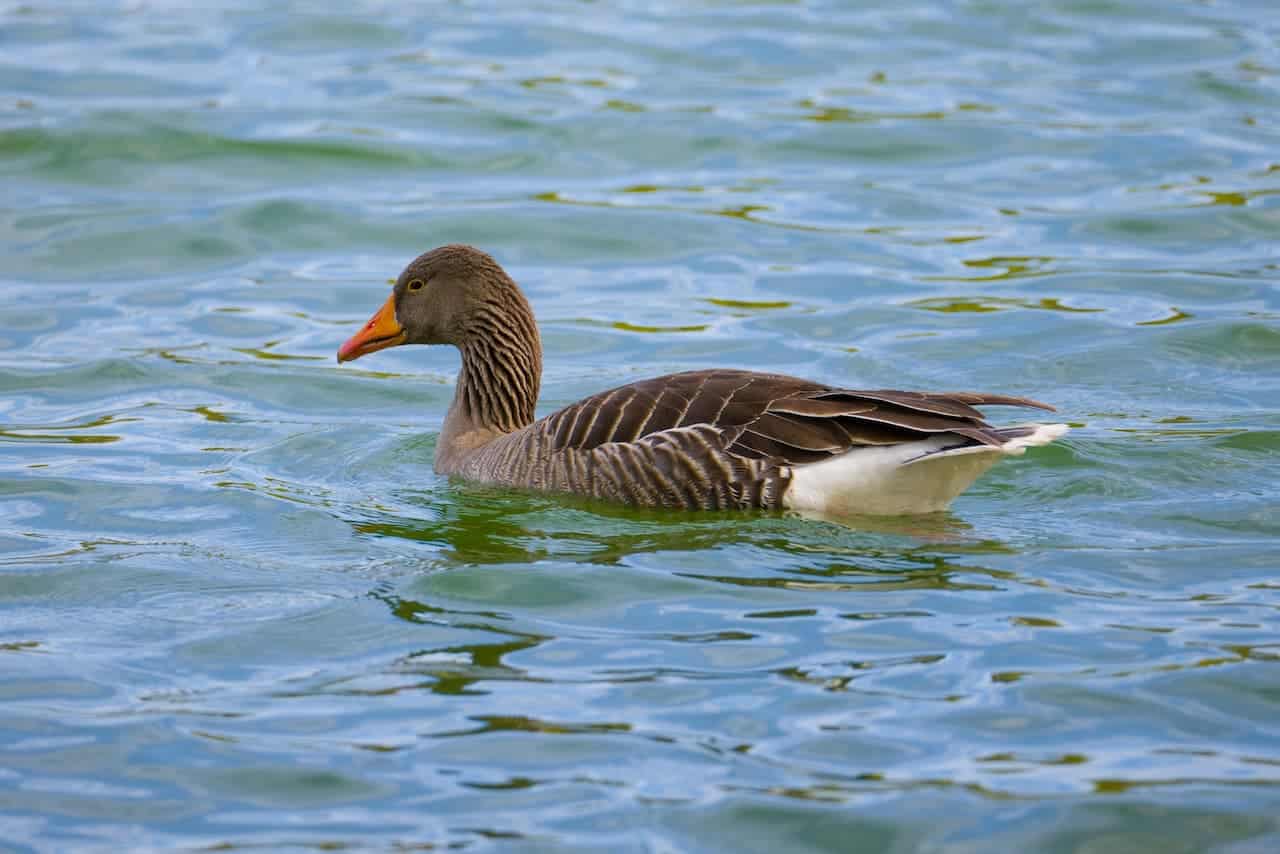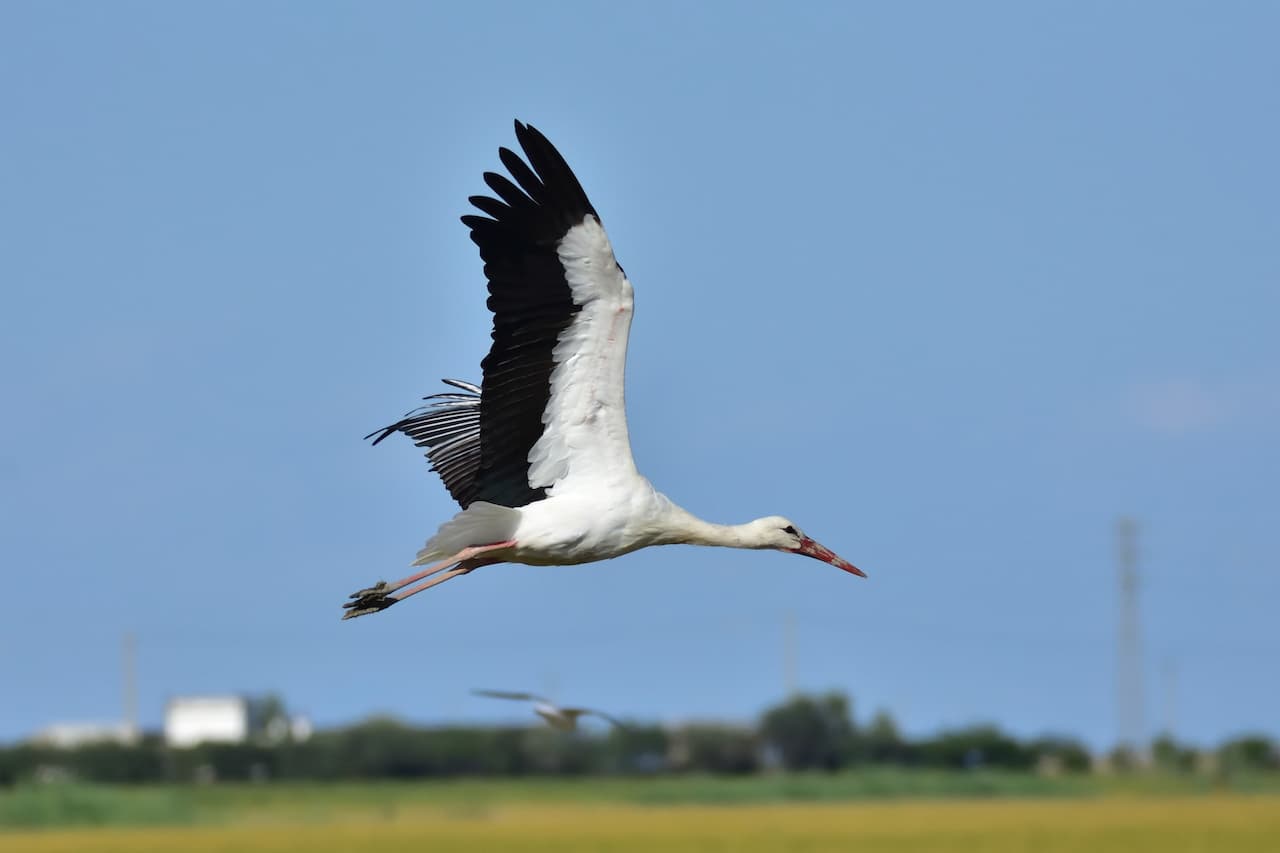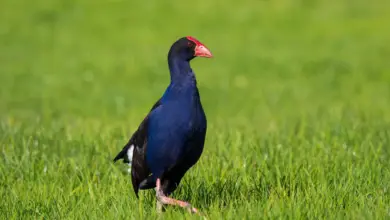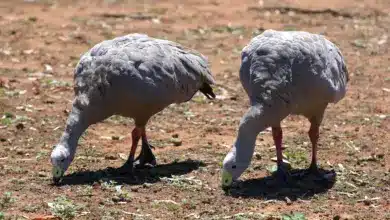Black-throated Divers, also known as Arctic Loons
Black-throated Divers or Arctic Loons
Black-throated Divers (Gavia arctica), is a medium-sized member of the loon or diver family. The species is known as a Arctic Loon in North America and the Black-throated Diver in Eurasia, its current name is a compromise proposed by the International Ornithological Committee.
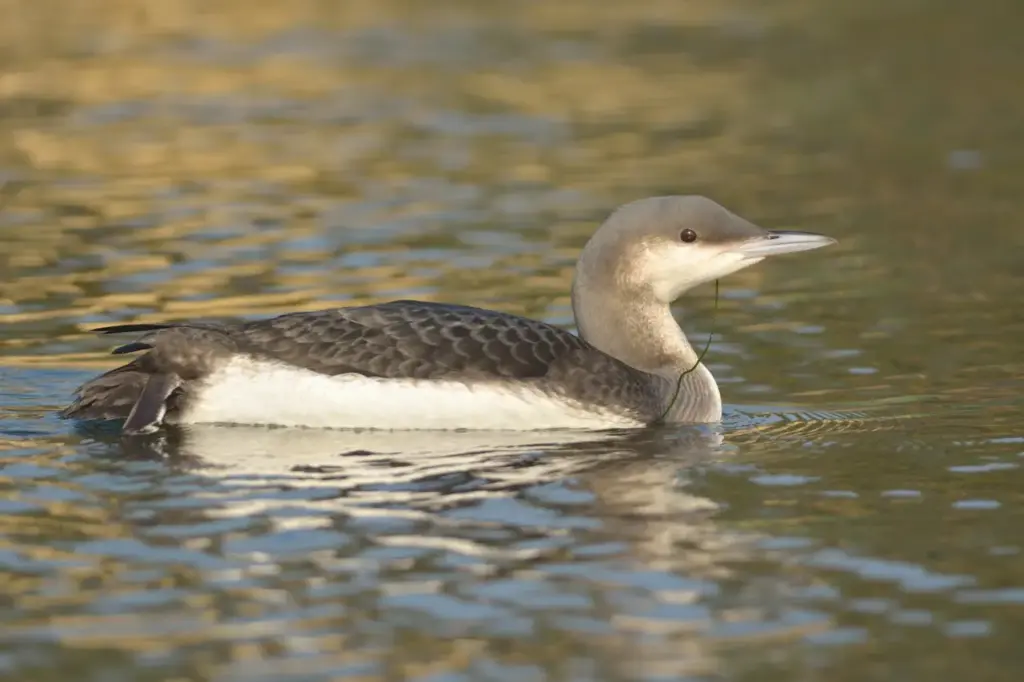
Description
Breeding adults are 63 cm to 75 cm in length with a 100 cm to 122 cm wingspan, shaped like a smaller, sleeker version of the Great Northern Diver.
They have a grey head, black throat, white underparts and chequered black-and-white mantle.
Non-breeding plumage is drabber with the chin and foreneck white. Its bill is grey or whitish and dagger-shaped.
In all plumages a white flank patch distinguishes this species from all other divers including the otherwise almost identical Pacific Diver.
Distribution
It breeds in Eurasia and occasionally in western Alaska. It winters at sea on large lakes over a much wider range.
Behaviour
This species, like all divers, is a specialist fish-eater, catching its prey underwater. It flies with neck outstretched. It feeds on fish, insects, crustacens and amphibians.
The call is a yodelling high-pitched wail.
Miscellaneous
The Black-throated Diver is one of the species to which the Agreement on the Conservation of African-Eurasian Migratory Waterbirds (AEWA) applies.
Instructions for constructing and deploying artificial floating islands to provide Black-throated Divers with nesting opportunities are given in Hancock (2000).
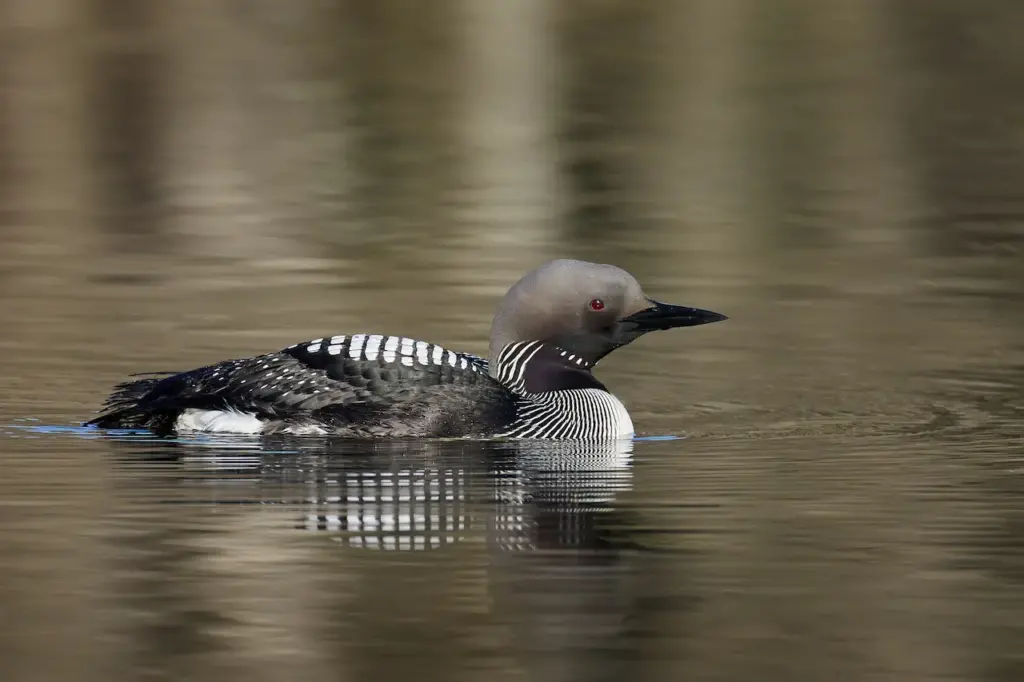
On September 6, 2007, RSPB Scotland and the Scottish Natural Heritage (SNH) stated that it was surprised by an increase in the last 12 years in the breeding figures in the UK for the Red-throated Diver and the rarer Black-throated Diver of 16% and 34% respectively due to the anchoring of 58 man-made rafts in lochs. Both species decreased elsewhere in Europe.
The Black-throated Diver is the current school emblem of Achfary Primary School.
Dr Mark Eaton, RSPB scientist traced the drop in overall numbers to warming of the North Sea which reduced stocks of the fish on which they feed.

